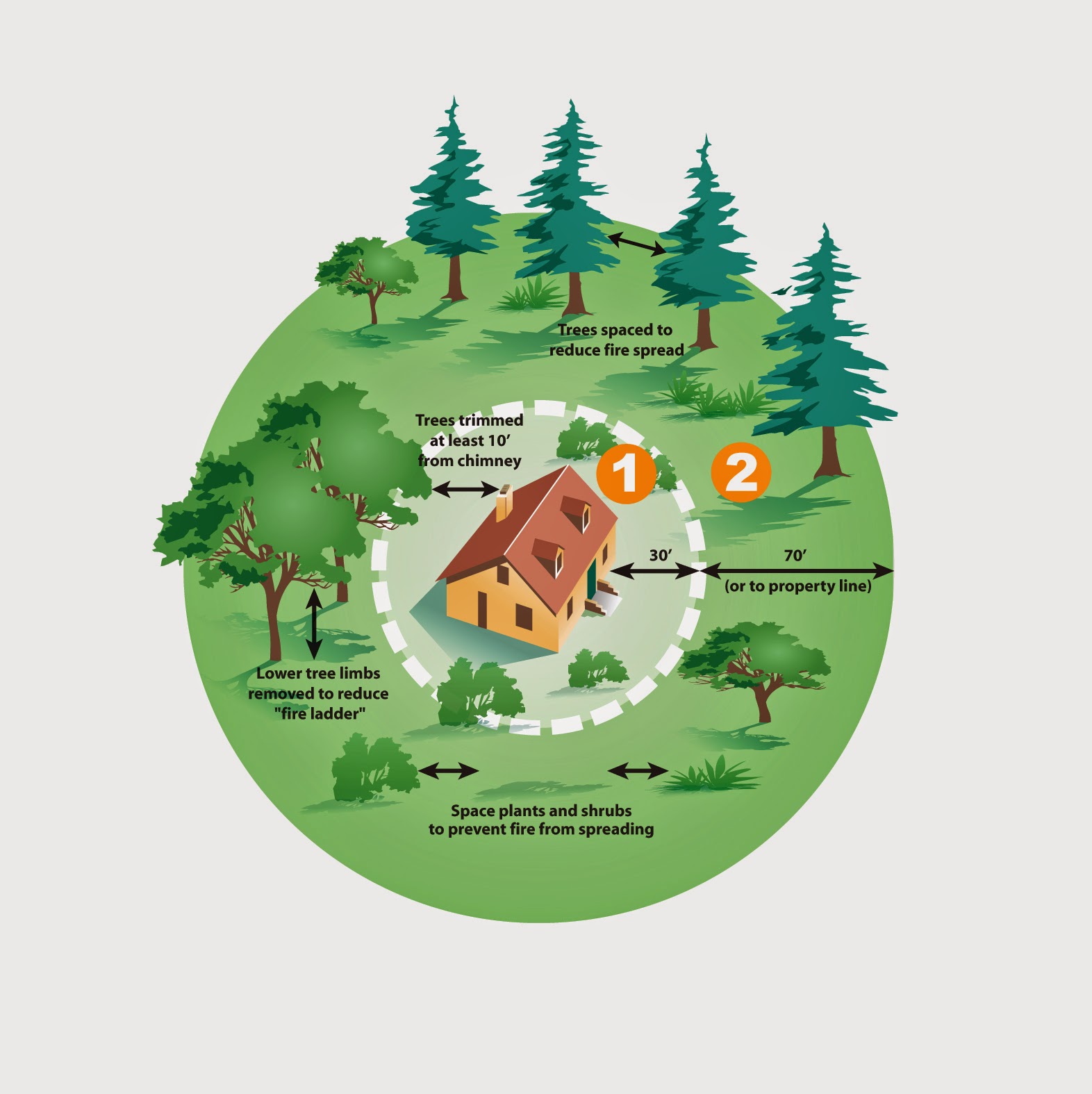 |
| ColoradoTreeRecyclingDisposal |
Many municipalities across Colorado have free tree recycling or composting programs for holiday pines that have served their festive purpose.
What happens to the trees? In most cases, the trees are chipped and made into a mulch which is usually made available, free to city or county residents.
Important: Never burn your Christmas tree in a fireplace or wood stove. Burning the tree may contribute to creosote buildup and could cause a chimney fire.
Here are four cities in Jefferson County that have Christmas tree recycling or composting programs. Trees must be stripped of all ornaments, hardware, strings of lights and tinsel.
 |
| ColoradoTreeRecyclingDisposal |
Arvada: The city will accept trees for recycling anytime through Jan. 19.
• Lake Arbor Lake Park, 6400 Pomona Drive
• Stenger Fields at West 58th Avenue and Oak Street
Golden: Christmas Tree recycling is provided by the City of Golden Forestry Division. Program details are distributed every December in the Golden informer. Drop off your trees now through January 27 west of the intersection at Highway 93 & Golden Gate Canyon Road. Please place your tree near the sign posted for tree recycling. For further details, contact the City of Golden Forestry office at 303-384-8141.
Lakewood: Tree recycling from 7 am to 3 pm., December 26th, through Sunday, January 12, 2020. Tree drop-off will take place at Lakewood's Greenhouse, 9556 W. Yale Ave. The greenhouse is located between Estes and old Kipling streets. Please follow posted signs and drop trees in the designated area. Tree recycling is free for Lakewood residents. Mulch will be available upon request. For more information, please call 720-963-5240.
Wheat Ridge: The city has a free tree recycling program for residents that runs through the end of February. Drop sites are open from sunrise to sunset:
• Prospect Park, 11300 W 44th Ave.
• Panorama Park, W 33rd Ave & Fenton St.
For additional cities and counties in Colorado:
 |
| RecycleOldChristmasLights. |
To recycle your old Christmas and Holiday Lights: RecycleLights







































.jpg)









